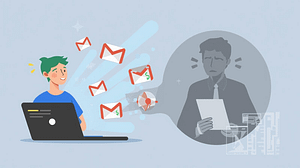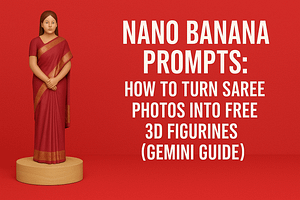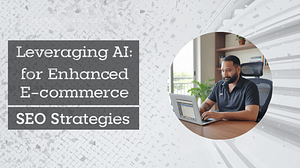What if I told you someone could create a fake video of you for just ₹8?
Not a meme. Not a silly TikTok filter. A hyper-realistic deepfake that looks and sounds like you—saying things you never said.
Welcome to 2025, where the price of truth has collapsed.
The ₹8 Deepfake Bombshell
At the ET World Leaders Forum 2025, global leaders sounded the alarm: deepfakes are now dirt-cheap and accessible to anyone.
We’re not talking about weeks of editing on expensive software.
We’re talking about a simple upload, a few clicks, and a payment smaller than a cup of chai.
₹8. That’s it.
Why This Is Terrifying
Let’s be blunt—deepfakes are no longer “fun internet tricks.”
They’re weapons. And anyone can pull the trigger.
- A fake resignation video of a prime minister could tank markets overnight.
- A fabricated CEO announcement could wipe billions off a company’s valuation.
- A doctored video of you could ruin your reputation in minutes.
The scary part? By the time the truth comes out, the damage is already done.
The Death of “Seeing Is Believing”
For centuries, humans trusted their eyes.
If you saw it, it must be real.
Deepfakes just destroyed that trust.
A video of someone speaking, crying, or confessing no longer guarantees authenticity.
And that means the foundation of truth in society is cracking.
The Economics of Chaos
Why is ₹8 so dangerous?
Because scale changes everything.
When deepfakes cost thousands, only a handful of people could create them.
When they cost ₹8, millions can.
That’s not just cheaper—it’s exponential chaos.
Imagine 10,000 fake videos flooding WhatsApp in a single day.
How do you fact-check that in real time?
You can’t.
The New Weapons of Mass Deception
Let’s connect the dots:
- Elections: Fake speeches from leaders go viral, swaying millions of voters.
- Stock Markets: Fake product recalls or CEO scandals tank company shares.
- Personal Attacks: Fake videos ruin reputations, marriages, or careers.
The battlefield isn’t just politics or finance anymore.
It’s you.
Why Detection Is So Hard
You might be thinking: “Surely, tech can detect tech?”
Yes—and no.
AI detection tools exist. Some are impressive.
But here’s the catch:
Deepfake creation is evolving faster than detection.
Every time AI gets smarter at spotting fakes, another AI gets smarter at hiding them.
It’s an endless loop: AI vs. AI.
The AI vs. AI Battlefield
This isn’t humans vs. machines anymore.
It’s algorithms battling algorithms—in real time.
- Detection plugins scanning live streams.
- Watchdog bots sweeping social media for fake content.
- Authentication systems verifying “digital signatures” in media files.
The only real defense against AI? More AI.
Trust Becomes the Scarce Commodity
Here’s the paradox:
As deepfakes flood the internet, truth becomes rare.
In a world drowning in manipulated media, the ability to prove authenticity will be priceless.
Companies, governments, and individuals won’t just need AI to detect lies.
They’ll need AI to certify truth.
The Personal Risk No One Talks About
It’s easy to dismiss deepfakes as “political problems” or “corporate risks.”
But let’s zoom in.
What happens when your face is used in:
- A fake loan scam?
- A fake revenge video?
- A fake business pitch to your network?
You won’t just be embarrassed.
You could lose money, jobs, relationships—or worse.
This isn’t “someday.” It’s already happening.
The Rise of Digital Self-Defense
Just like antivirus software became essential in the 2000s,
deepfake defense tools will become essential in the 2020s.
- Verification apps for every video you watch.
- AI watermarks embedded in legitimate content.
- Personal monitoring bots scanning the web for your likeness.
Soon, protecting your identity online won’t be optional.
It will be survival.
The Ethical Time Bomb
Let’s not forget the bigger question:
Should this technology even exist?
Do we need laws, bans, or strict licenses?
Or is it already too late—has Pandora’s box been opened for good?
Because once tech this powerful is out in the wild, you can’t put it back.
And humans don’t exactly have a great track record of controlling dangerous inventions.
Can AI Save Truth?
Here’s the core dilemma:
We can’t stop AI from creating fakes.
But we might be able to train AI to defend truth.
The next few years will decide whether detection keeps up or collapses.
If it collapses, we’re entering a post-truth era where nothing can be trusted.
If it keeps up, maybe, just maybe, AI will save the very thing it threatens: reality itself.
Final Thought
The price of a deepfake may be ₹8.
But the cost of losing trust in truth? Infinite.
This is no longer about funny internet videos.
It’s about the future of trust, security, and democracy.
So here’s the real question:
Do you trust AI to stop AI?
Or are we building a world where truth itself is the biggest casualty of progress?







